
Who Can Explain Architectural Genius?
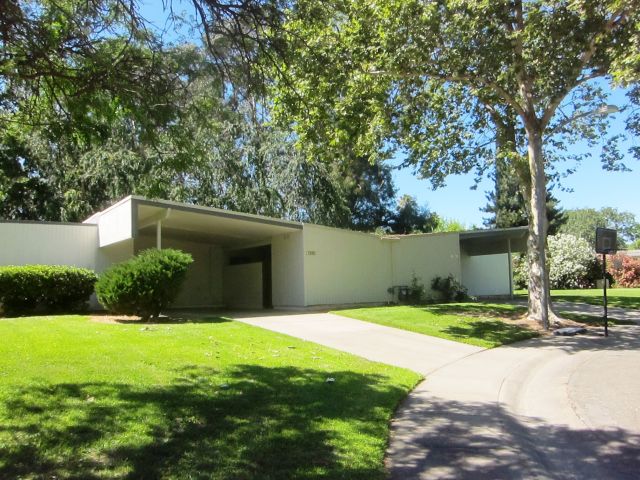 |
|
|
A long forgotten but recently rediscovered scientific investigation casts light on how creative people think and how they live – and on two architects who helped invent the Eichler home.
Bob Anshen and A. Quincy Jones were among 40 architects considered “the highest achievers, the best of the best,” chosen to participate in a national study hosted by UC Berkeley’s Institute of Personality Assessment and Research.
So were two other architects who designed some special homes for Eichler – Raphael Soriano (a steel-framed house in Palo Alto) and Pietro Belluschi (the ‘Life house’ in San Mateo Highlands).
The goal, according to Pierluigi Serraino’s 'The Creative Architect: Inside the great midcentury personality study,' was to “find a reliable mechanism for predicting creative promise and dormant potential at early stages in the lives of human beings.”
“Both the art and science worlds had major stakes in creativity,” Serraino, an architect and author, writes. “Understanding its very nature could be the means of getting more of it out of humanity.”
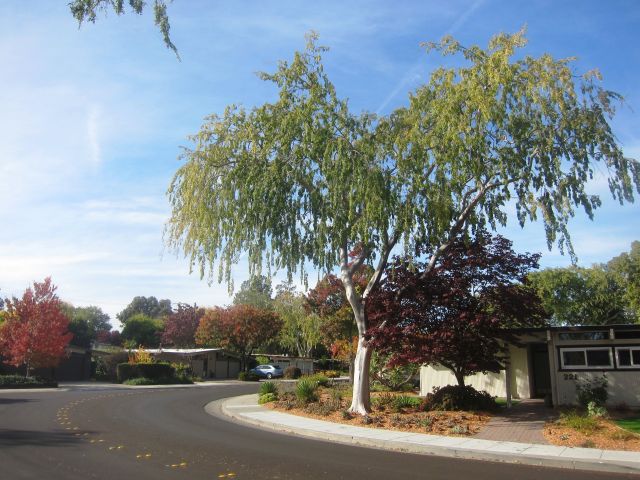 |
|
|
Heading up the study was psychologist Don MacKinnon. “If a society hopes to achieve renewal,” one of the study’s founders wrote, “it will have to be a hospitable environment for creative men and women.”
This was, after all, the era of the Cold War and Americans wanted to stay on top. (As it turns out, the study did determine that one core American value truly was crucial for creativity to exist – staunch individualism.)
It was also, Serraino writes, “a time when America was the unrivaled center of modernist architecture.”
Architects were seen as “the ideal field through which to record and definitively apprehend the secrets of creativity in action,” because the study’s designers thought “successful architects … had to possess an alluring blend of scientific rigor and artistic creativity.”
“It will come as no surprise that a number of the most creative of these eminent individuals ranked themselves as the most creative architect of all,” Serraino writes. “Robert Anshen, Warren Callister, Philip Johnson, A. Quincy Jones, Victor Lundy, Eero Saarinen, and Raphael Soriano did so unashamedly.”
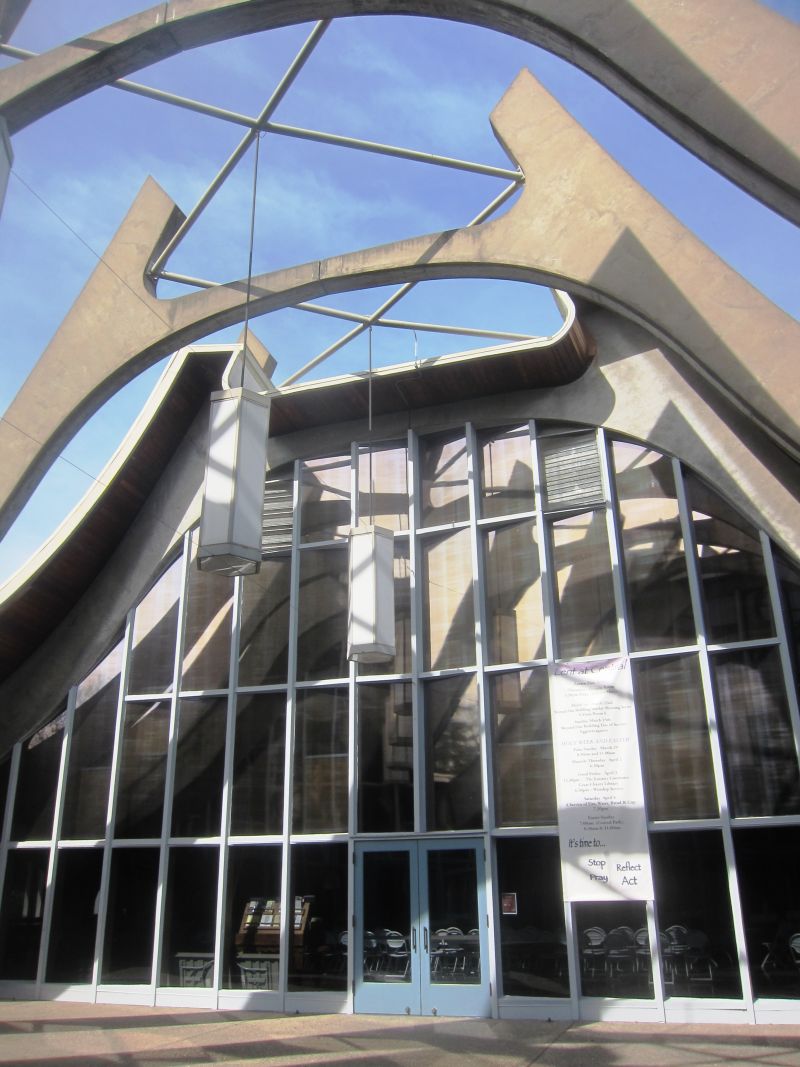 |
|
|
Serraino unearthed this forgotten study from the mid-1950s, which was never published, in part while researching the work of Berkeley architect Donald Olsen, a man who hung onto paperwork he considered significant.
Olsen, along with several of his colleagues at Berkeley’s architecture school, helped put together the complex protocol that determined who the truly creative architects were. Tabulating rankings of architects to invite “proved to be a monumental enterprise,” Serraino writes, and even included use of an IBM 704 computer.
Architects, divided into four groups of about 40, spent days at a former frat house on campus, where the institute was quartered, and nights at the nearby, late Victorian style Claremont Hotel.
The process, which included forms to fill out, long interviews, and more, was described by Belluschi as “the most grueling three days he has ever spent.”
But there were compensations. The “live-in assessment" aspect of the scientific study, which involved watching the architects as they went about their daily business, “started with a cocktail party.”
Long interviews focused on “seemingly unrelated topics … smoking habits, sleeping patterns, experiences with hypnosis, suicidal tendencies, dream patterns, depressive episodes, and more esoteric areas, including belief in telepathy, miracles, and black magic.”
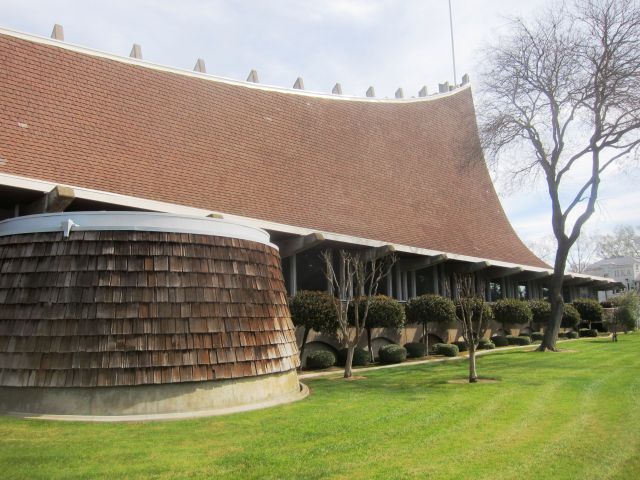 |
|
|
There were also thought experiments, including one in which architects were asked to consider – what if human beings possessed a third arm?
Architects discussed their childhoods, their formative experiences, their likes and dislikes. Serraino includes a good summary of the study’s interview with Jones – but not the interview with Anshen. The study archives remain in the possession of the university. Future posts may delve into them.
In ‘The Creative Architect,’ Bob Anshen, who invented the Eichler atrium and was known as an idea-a-minute kind of guy, comes across much as we would expect.
The buildings he and partner Steve Allen designed were consciously aimed at subverting the coolness, the lack of décor of much Modern Movement architecture, and the study reported that Anshen “was rather vocal about his antipathy for [architect Philip] Johnson’s work, and that of anyone associated with the International Style.”
One scenario the architects were required to participate in asked what they would do if they were working on an important, well-paying commission and the client liked their design – but wanted to change just one element in it that was critical to their architectural vision.
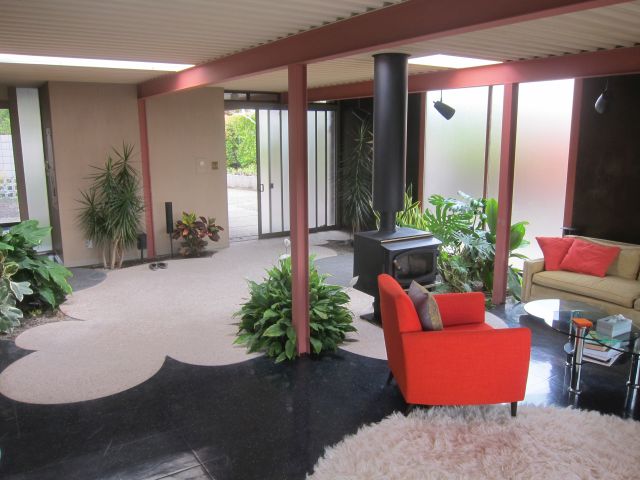 |
|
|
Would they go along or would they walk?
“If you compromise,” Anshen said, “you are dead.”
Jones, who appeared “nervous and tense” throughout his interview, and smoked incessantly, discussed traumatic events from his youth, including his parents’ divorce and the death of a brother. Jones focused on aesthetics and social responsibility as important for satisfactory design.
Jones also complained about the stubborn client “who has only one idea of how something should be done and cannot be shown any other solution.”
Presumably Joe Eichler was not such a client. Jones cited Greenmeadow, the Eichler subdivision in Palo Alto that includes a pool and community center and attractive, curving roadways, as his best work, “a complete community.”
Study researcher Frank Barron later wrote of the Creativity study, "Nothing like it had been done before, and nothing like it has been done since. It remains unique in the history of psychology as well as in the art and science of creativity.”
One of Donald MacKinnon’s accomplishments, Serraino writes, was, “he dispelled the idea that creative people were superheroes channeling celestial gifts, and depicted them as human, flawed, and vulnerable, while being exceptionally driven.”
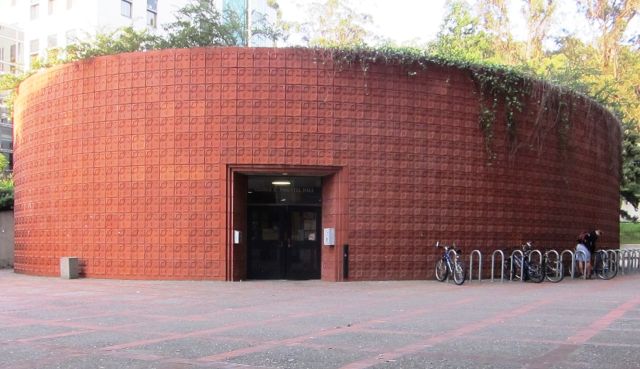 |
|
|
- ‹ previous
- 647 of 677
- next ›



